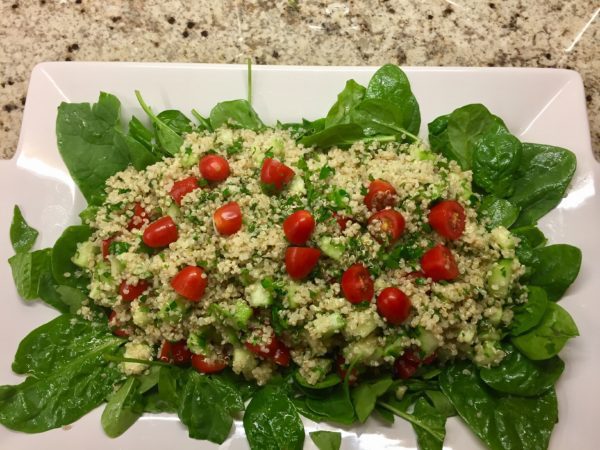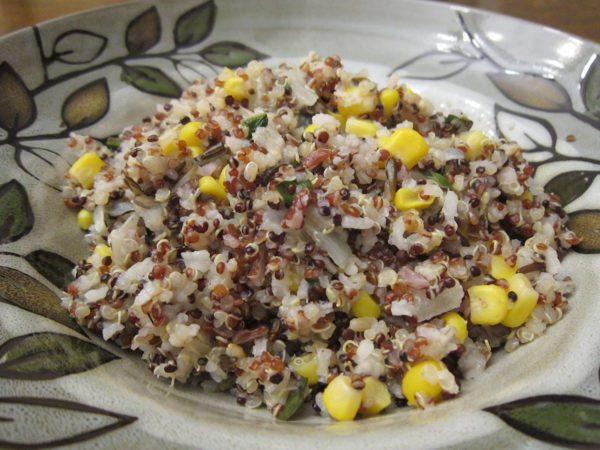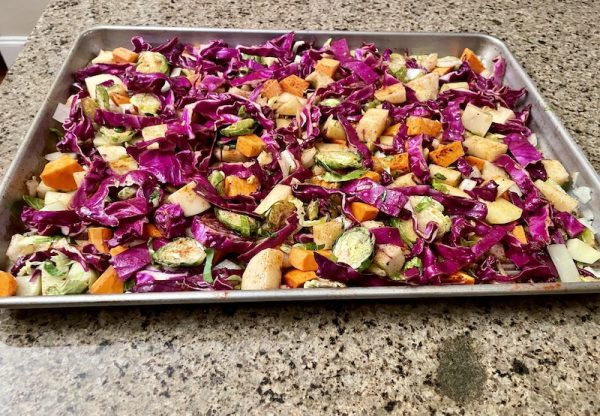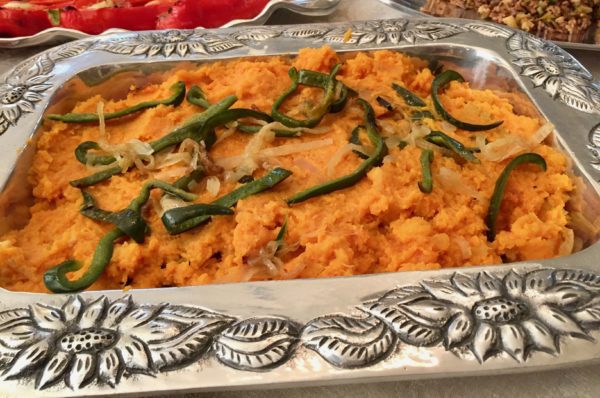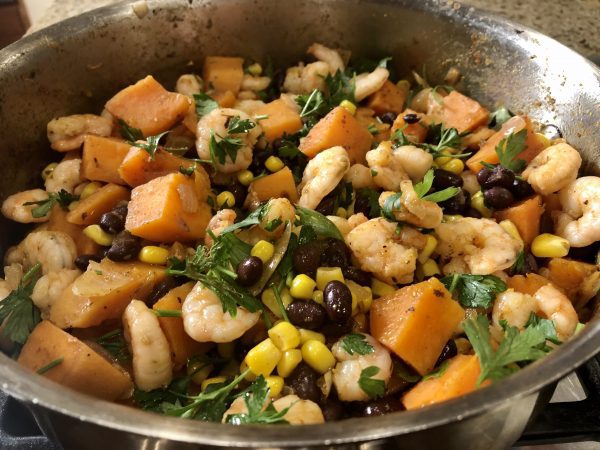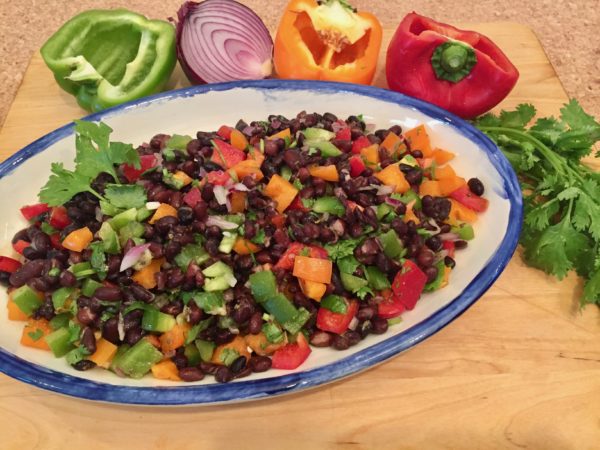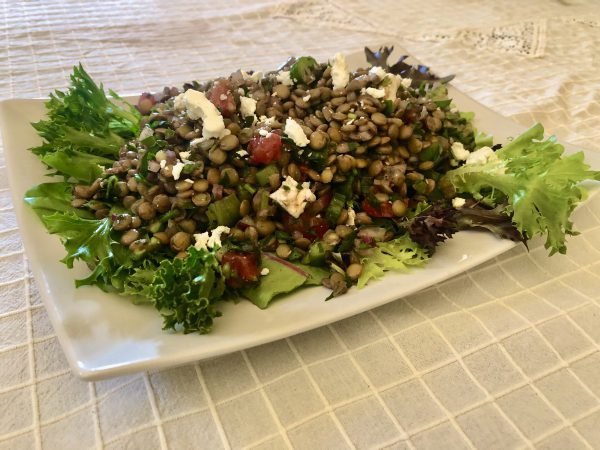Eat Fiber for Better Digestion and Brain Function
Fiber is a type of carbohydrate that your body can’t digest. It passes through your digestive system relatively intact, providing numerous benefits along the way.
- fiber slows down digestion and helps keep you full
- aids in weight management
- helps regulate blood sugar levels by slowing down the absorption of sugar into your bloodstream
- promotes healthy cholesterol levels
- nourishes your microbiome, serving as fuel for the beneficial bacteria in your gut, helping to maintain a healthy balance of microorganisms
- adds bulk to your stool, making it easier to pass through the digestive tract and reducing constipation and the risk of conditions like diverticulitis
By eating fiber-rich foods regularly, you are providing essential nutrients for the growth and diversity of your gut microbiota. This diverse community of bacteria aids in digestion, nutrient absorption, and influences aspects of your immune system.
How fiber improves brain function
A healthy gut microbiome is linked to better cognitive function, mood regulation, and reduced risk of neurodegenerative diseases.
Because fiber helps regulate blood sugar levels – which is essential for maintaining steady energy levels throughout the day – this stable energy supply to your brain supports optimal cognitive performance, concentration, and memory retention.
Because fiber reduces inflammation in the body, it has a protective effect. Chronic inflammation is associated with cognitive decline and various neurological disorders. By consuming fiber regularly, you can help protect your brain from inflammatory damage.
Fiber-rich Foods
Incorporating more fiber into your daily diet is a fantastic way to boost your overall health and well-being.
Fiber rich foods are nutrient dense foods and include:
- Leafy greens: arugula, kale, lettuces, collard greens, mustard greens
- Cruciferous vegetables: broccoli, Brussels sprouts, cauliflower, cabbage
- Root vegetables: beets (tops too!), carrots, potatoes, sweet potato, rutabaga, turnips
- Beans and legumes: chickpeas(garbanzo, black bean, red bean, all beans, lentils, peas
- Whole grains: barley, buckwheat, oats, quinoa, brown rice
What to do
- 🌿 Start Your Day with Fiber: Kickstart your morning with a high-fiber breakfast such as chia pudding or protein oatmeal, topped nuts and fruits. This will set a healthy tone for the rest of the day.
- 🌿 Bulk Up Your Meals: Add beans, lentils, chickpeas, or quinoa to soups, salads, and stir-fries to increase the fiber content of your meals without compromising on taste.
- 🌿 Choose Whole Grains: Swap refined grains (pasta and white rice) for whole grains like brown rice, quinoa, , and barley to increase your fiber intake while enjoying delicious meals.
- 🌿 Get Creative with Vegetables: Experiment with different vegetables in your dishes – spiralize zucchini for “zoodles,” roast cauliflower as a tasty side dish, or blend spinach into smoothies for an added nutrient boost.
- 🌿 Snack Smart: Instead of reaching for processed snacks, opt for fiber-rich options like raw veggies with hummus, apple and cheese, celery and almond butter
By incorporating these practical tips into your daily routine you can easily elevate the fiber and nutrient density of your meals while tantalizing your taste buds at the same time!
A well-balanced lifestyle rich in fiber is key to supporting optimal digestive function and overall wellness.
Note: If you are not currently practicing a high fiber lifestyle, it’s important to gradually increase your fiber intake and drink plenty of water throughout the day to help prevent any discomfort or bloating that may occur when increasing fiber consumption.
Delicious, Nutritious Fiber Rich Recipes and Resources
High Protein Overnight Oats – Haute and Healthy Living
Chia Pudding Meal Prep – Downshiftology
10 Ways to Boost Your Mood and Immune System with Leafy Greens
One Pot of Black Beans for Four Meals
Flavored Hummus – Love Eat Learn
Avocado Hummus Snack Jars – The Girl on Bloor

